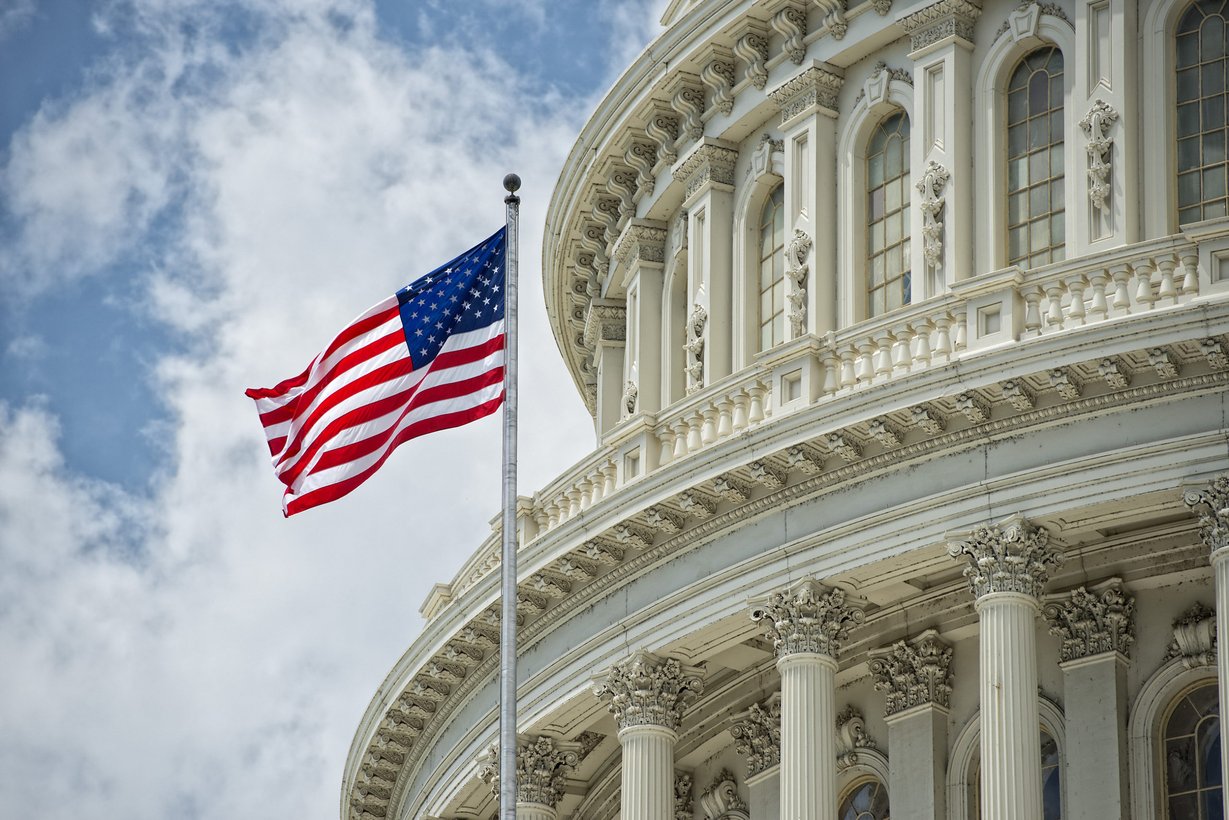There has rightfully been a lot of attention on the historic amounts of funding for transit in the infrastructure bill passed by Congress and will soon be signed into law by President Biden. Expanding our transit systems is critical to addressing the climate crisis, as well as advancing equity and economic mobility, and the bill provides transit agencies with significant resources to do so over the next five years (65% more than in prior years!). In addition to traditional transit projects, that increased funding can be used for on-demand microtransit and other innovative technology (the federal match rules vary depending on whether the funds are being used to license technology or contract for a turnkey service, and whether it’s an urban or rural service).
At the same time, and with less fanfare, the bill creates a number of new, exciting grant programs that will promote on-demand transit and other new forms of public mobility and innovation in large cities and rural areas alike. As this legislation gets implemented by the Biden Administration, these programs will move us towards a more equitable and sustainable future, one in which Americans in communities of all sizes will have better access to opportunity.
There is a lot to unpack in this bill on the transit and mobility front, but here are three quick highlights of new programs that encourage innovative technology that you may not have read about yet:
- Carbon Reduction Formula Program: In this first-of-its-kind federal program, roughly $1.28 billion per year will be distributed via formula funding to metropolitan planning organizations (MPOs) and states for projects to reduce carbon emissions. Instead of building new roads, states and MPOs can use this funding for everything from “on-demand transportation service technologies” and traditional transit projects to congestion pricing and improvements in freight delivery. In addition, states are required to develop carbon reduction plans that, among other things, include strategies for "facilitating the use of alternatives to single-occupant vehicle trips” and “shared or pooled vehicle trips."
- Rural Surface Transportation Program: This competitive grant program will invest $300 million next year (growing to $500 million by 2026) to improve infrastructure and transportation in rural areas. “Rural” is defined somewhat broadly in this section as areas with under 200,000 people. In addition to using funds for large physical infrastructure projects, cities, states, and MPOs can apply to use funds for “an integrated mobility management system, a transportation demand management system, or on-demand mobility services."
- Urban Congestion Reduction Program: Large metropolitan areas (over 1 million residents) can apply for this $50 million (per year) competitive grant program to advance innovative, integrated, and multimodal solutions to congestion relief. This can include congestion, road, or pricing projects; efforts to improve paratransit, or the deployment of “on-demand microtransit.”
There are many other notable grant programs in the new law, including for safe streets planning, a national motor vehicle per-mile use fee pilot, SMART cities, clean school buses, active transportation, and much more. With the exception of the Carbon Reduction Program, our highlighted programs are competitive grants. While the Department of Transportation will be very busy in the coming months working out the details of these programs and issuing Notices of Funding Opportunities (NOFOs) to formally launch application processes, it’s never too early to start thinking about projects to put forward.
If you are interested in more information on any of these or the programs summarized above, please let us know with an email to partnerships@ridewithvia.com.




%206.png?width=71&height=47&name=The%20Buzz%20Blog%20Hero%20(1750%20x%201200%20px)%206.png)